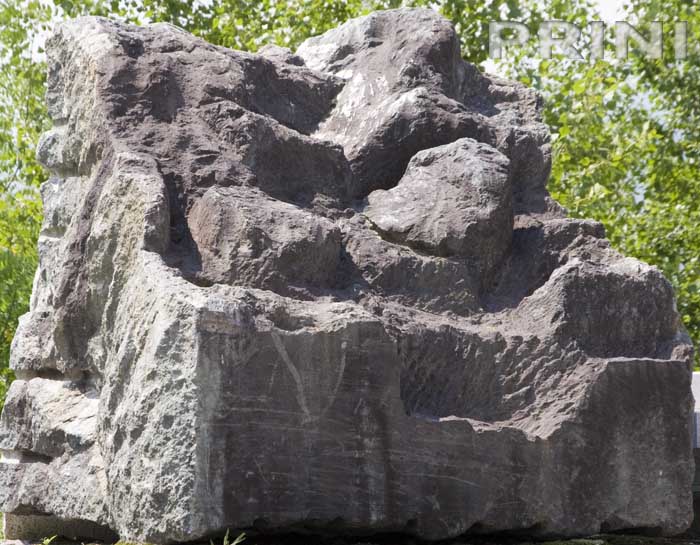The next generation of sustainable energy technologies can be built with low-cost, ultra-low-cost materials: rock and sun. Thanks to a new approach known as concentrated solar power, the sun’s heat is stored and then used to dry food or generate electricity.
Materials, Energy, Water, and Environment (MEWES) Faculty Team, Nelson Mandela African Institute of Science and Technology Posted in ACS Omega, Available here. found that some soapstone and granite samples from Tanzania are suitable for solar heat storage, Because of its high energy density and stability even at high temperatures.
Energy is often stored in large batteries when not needed, but it can be expensive and resource-intensive to produce. A less technological alternative is thermal energy storage (TES), which collects energy as heat in a liquid or solid, such as water, oil, or rock.
When released, the heat can power a generator to produce electricity. Rocks such as granite and soapstone were specifically formed under high temperature conditions and are found all over the world, making them favorable TES materials.
However, their properties can vary greatly based on where they were formed, making some specimens better than others. In Tanzania, the Craton and Usagaran geological belts meet and both contain granite and soapstone. For this reason, Lilian Diosdet Kakoko, Youssoufou Obaid Chandi Jandi and Thomas Kivivel of the Nelson Mandela African Institute of Science and Technology and Ardi University wanted to investigate the properties of soapstone and granite found in each of these bands.
The team collected several rock samples from the belts and analyzed them. Granite samples contained a large amount of silicon oxides, which increased strength. However, the granite in Kraton contains other compounds, including muscovite, which are prone to drying out and can make the rock unstable at high temperatures.
In soapstone, magnesite is found, which gives it a high density and heat capacity. When heated to temperatures above 980°C, the soapstone and Usagaran granite samples showed no visible cracks, while the craton granite collapsed. In addition, soapstone released accumulated heat more easily than granite.
In general, Craton soapstone has the best performance as TES, which can effectively absorb, store and transmit heat, while maintaining good chemical stability and mechanical strength. However, other rocks may be more suitable for a low-energy TES application, such as a solar desiccant. The researchers say that while more experiments are needed, these samples show good promise as materials for sustainable energy storage.
The accumulated heat can be used as a heat source to generate electricity or, more simply, for other activities that require heating, such as agricultural activities or home heating.
Thanks to our Telegram channel, you can stay up to date with the publication of new articles from economic scenarios.

“Reader. Travel maven. Student. Passionate tv junkie. Internet ninja. Twitter advocate. Web nerd. Bacon buff.”




